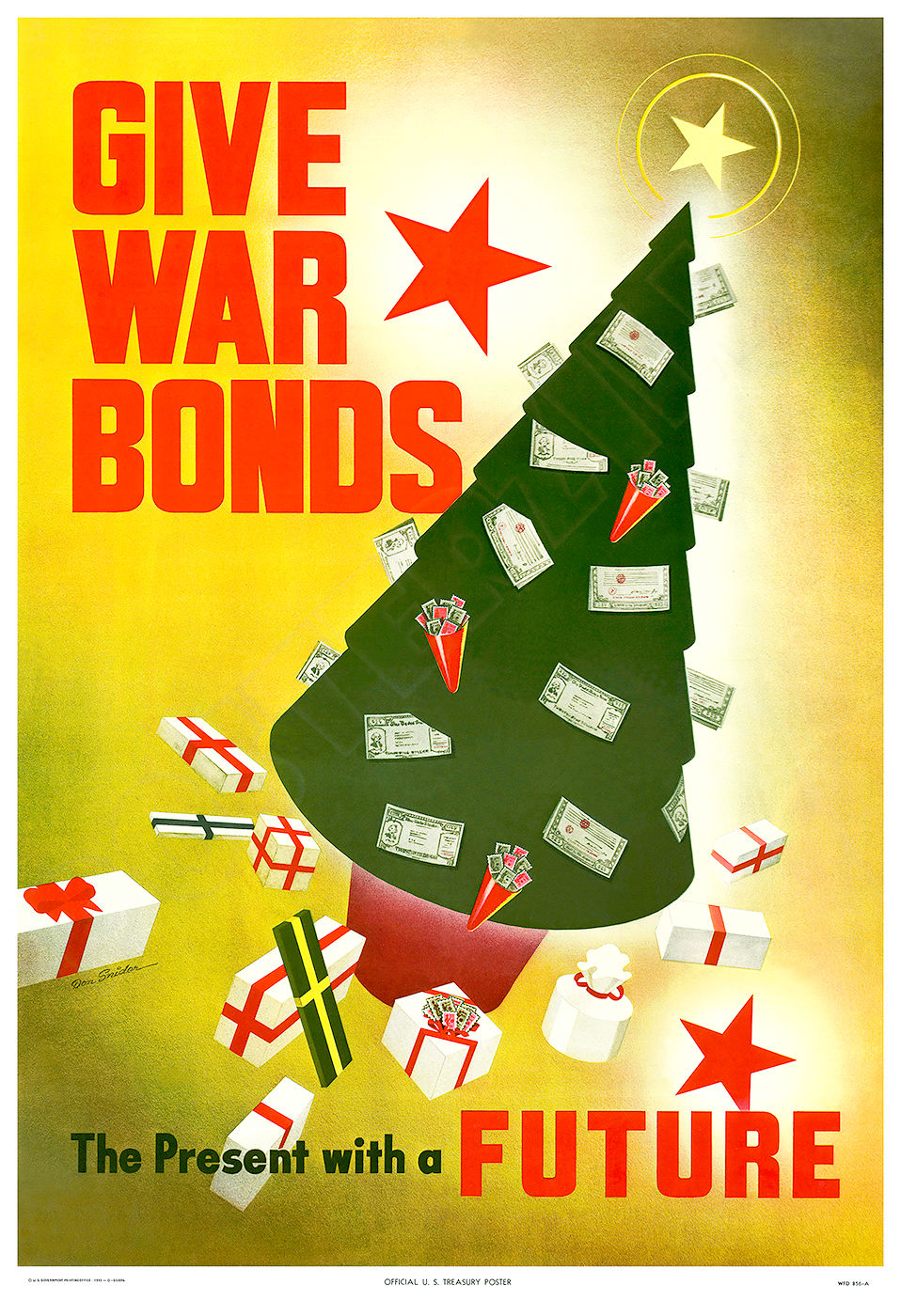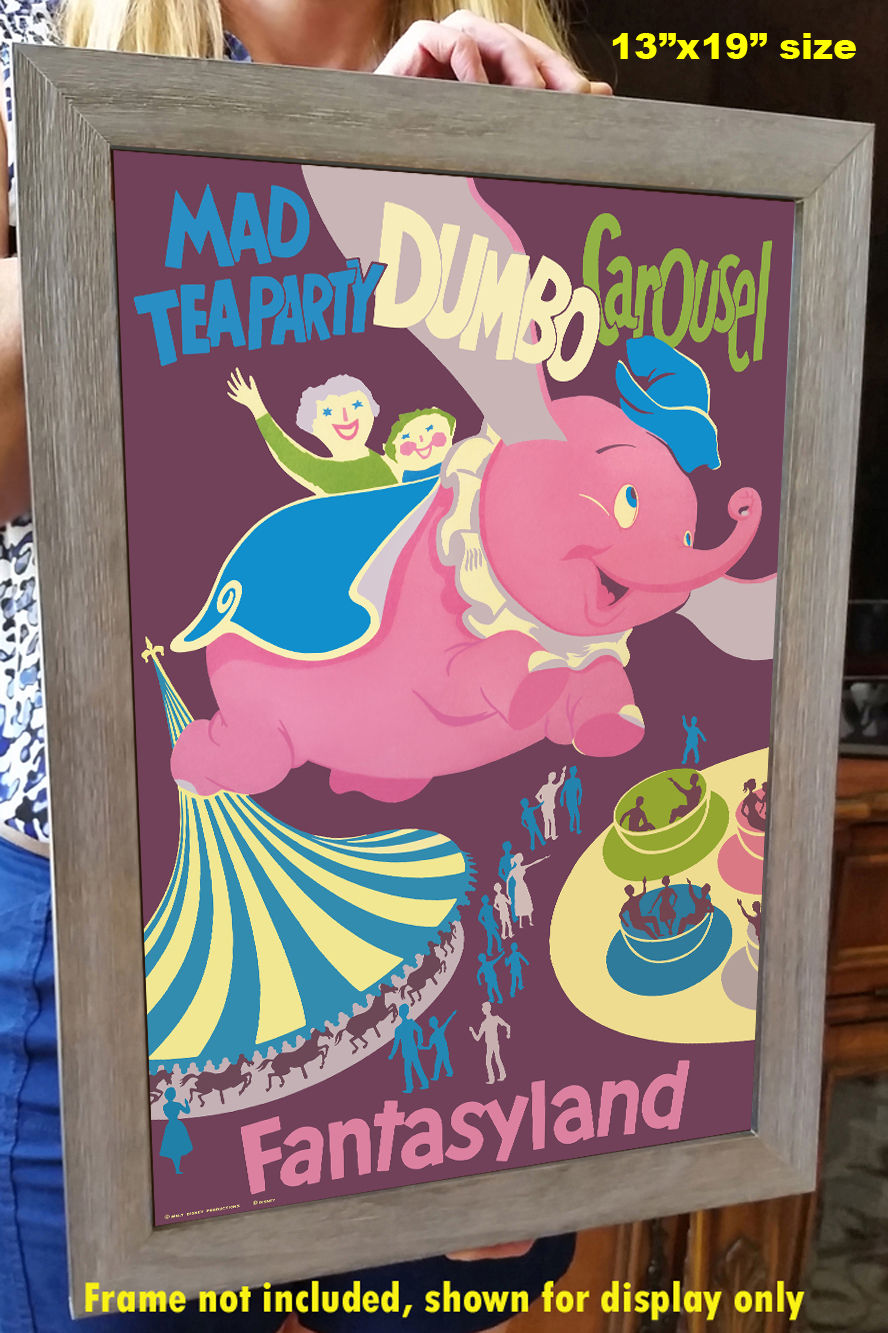This beautiful reproduction poster has been re-mastered from an original 1888 Sanborn map for the central business district of Pasadena, California.
The Sanborn Map Company was founded in 1867 by civil engineer and surveyor Daniel A. Sanborn. The company produced specialized maps that could be used to assess fire risks in urban areas. This map show details of the downtown district including business names, railroads, early street layout, and municipal facilities.
The vibrant colors and detail of this classic image have been painstakingly brought back to life to preserve a great piece of history.
The high-resolution image is printed on heavy archival photo paper, on a large-format, professional giclée process printer. The poster is shipped in a rigid cardboard tube, and is ready for framing.
The 24"x36" format is an excellent image size that looks great as a stand-alone piece of art, or as a grouped visual statement. These posters require no cutting, trimming, or custom framing, and a wide variety of these frames are readily available at your local craft or hobby retailer, and online.
A great vintage print for your home, shop, or business!
HISTORY OF PASADENA
In 1886 Pasadena incorporated, largely as a measure to rid the city of its saloon. In the ensuing decade, amenities such as sewers, paved streets, and electric street lighting were installed. On January 1, 1890, the Valley Hunt Club initiated a mid-winter festival with a procession of flower-bedecked horses and carriages. This became a yearly tradition that in 1898 was formally sponsored by the Tournament of Roses Association. An added tourist attraction was the Mount Lowe Railway which opened in 1893, and included a mountain chalet resort and the Alpine Tavern at Crystal Springs.
Pasadena had a Shakespeare Club and a Grand Opera House (never very successful) and numerous civic and cultural organizations. In the early 1900’s, more grand hotels were built. The city government was reorganized, and in 1901 Pasadena became a charter city with an elected mayor.
Through the end of the 1920’s, Pasadena continued to enjoy a reputation as a tourist center and winter resort for the wealthy. The Rose Bowl stadium and Brookside Park recreation facility were built in 1922.
World War II ushered in a turnabout, and set Pasadena on the path to modern industrial growth. Led by Caltech and the Jet Propulsion Laboratory, which became focal points of research and development for the war effort, Pasadena evolved into a center for industrial research and light manufacture of scientific and electronic precision instruments.
The completion in 1940 of the Arroyo Seco Parkway, the first freeway in the west, provided a fast and direct route from Pasadena to Los Angeles. Pasadena became an attractive place to live for people working in industrial areas in Los Angeles.
The year of 1969 marked the opening of the Pasadena Art Museum of Modern Art (now the Norton Simon Museum of Art). Transformed into a restaurant and entertainment center, Old Pasadena has become a major attraction in Southern California.
Caltech’s satellite laboratory, The Jet Propulsion Lab (JPL), was responsible for several of NASA’s successes in the 1980s and 1990s including deep space navigation and communication, digital image processing, intelligent automated systems, and microelectronics.
As Pasadena looks toward the future it seeks to balance growth with community needs, historic character, a diverse economic base, and a safe, healthy family community. The Colorado Street Bridge, designed in 1913 as a “work of art” and renovated in the early 90’s to conform with seismic safety standards, symbolizes the commitment of Pasadena to integrate its rich cultural heritage with the challenges of the new millennium.
top of page
$34.95Price
Color: Earth
These are simply the best posters available! You will be thrilled with the image quality, vivid colors, fine paper, and unique subjects.
Our posters are sized for standard off-the-shelf frames, with no custom framing required, providing huge cost savings!
Related Products
bottom of page































